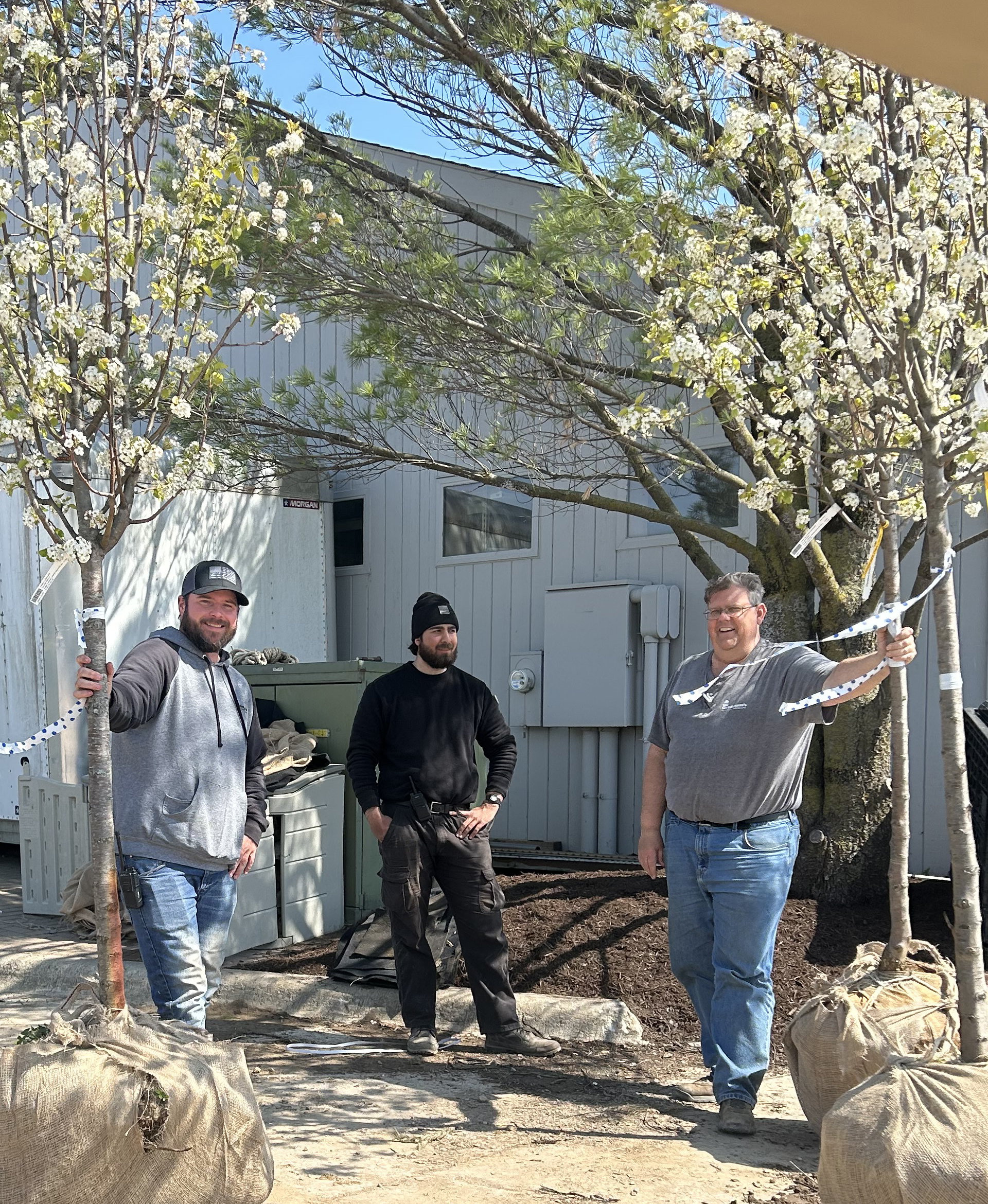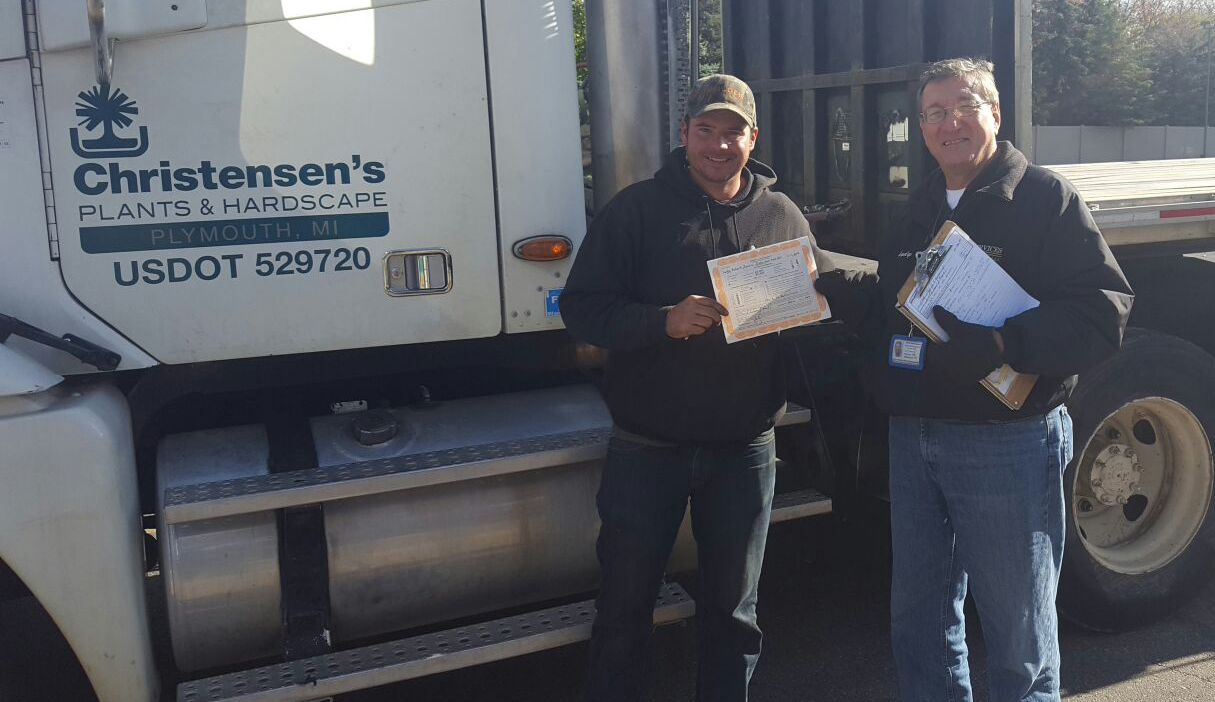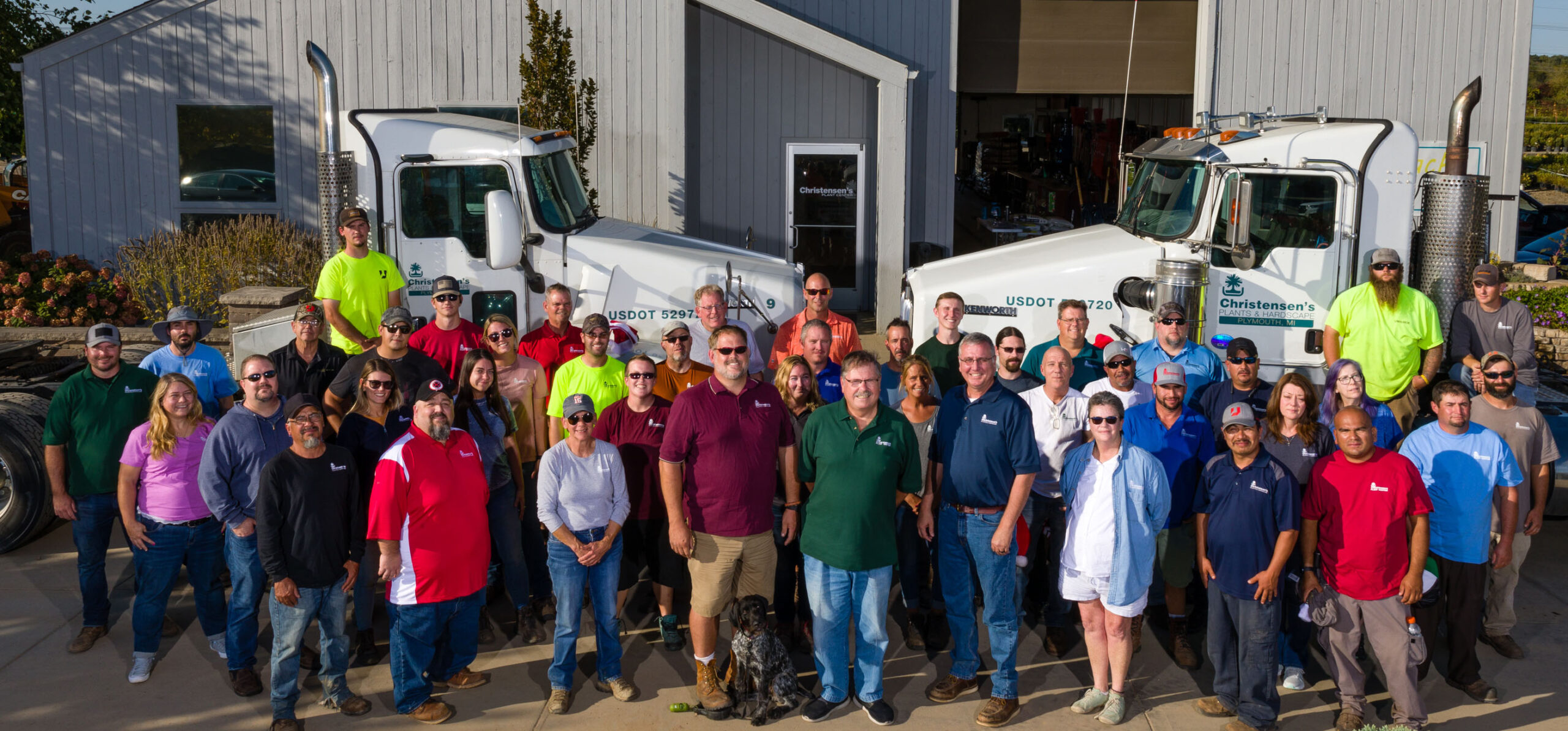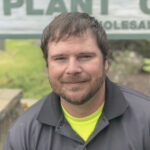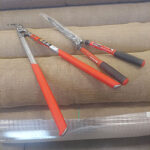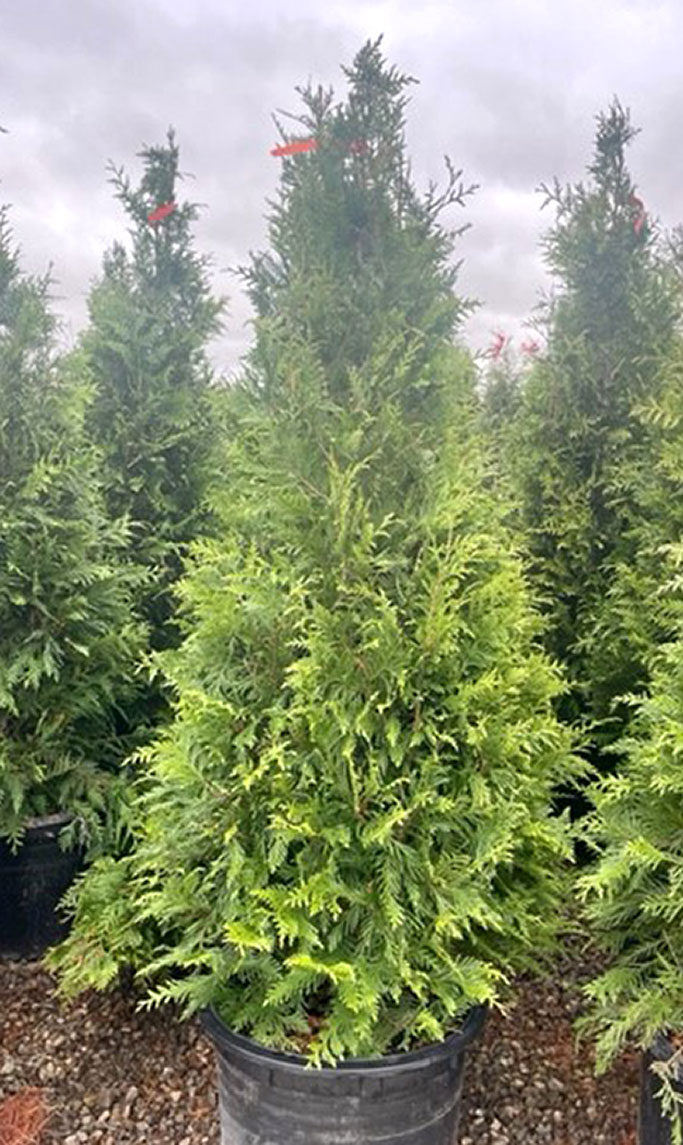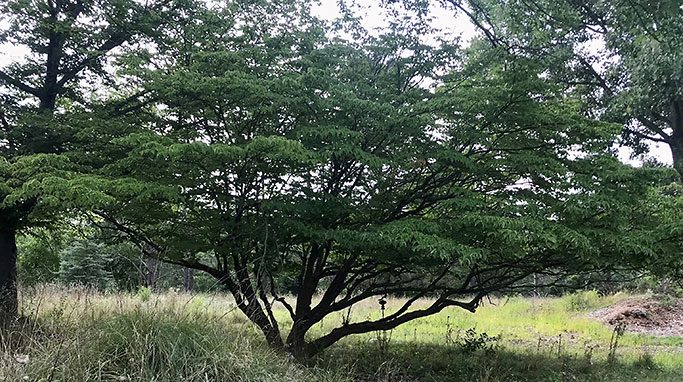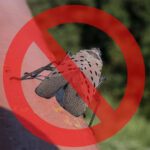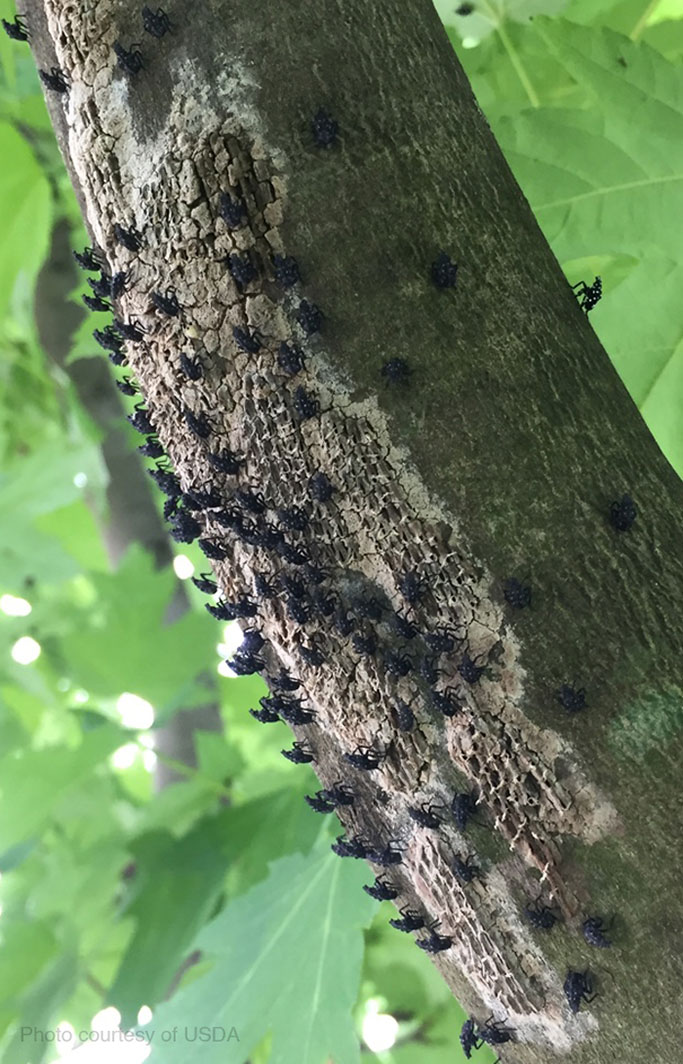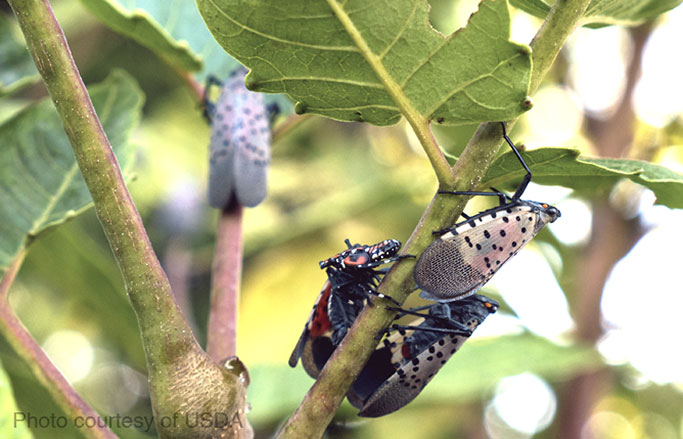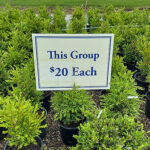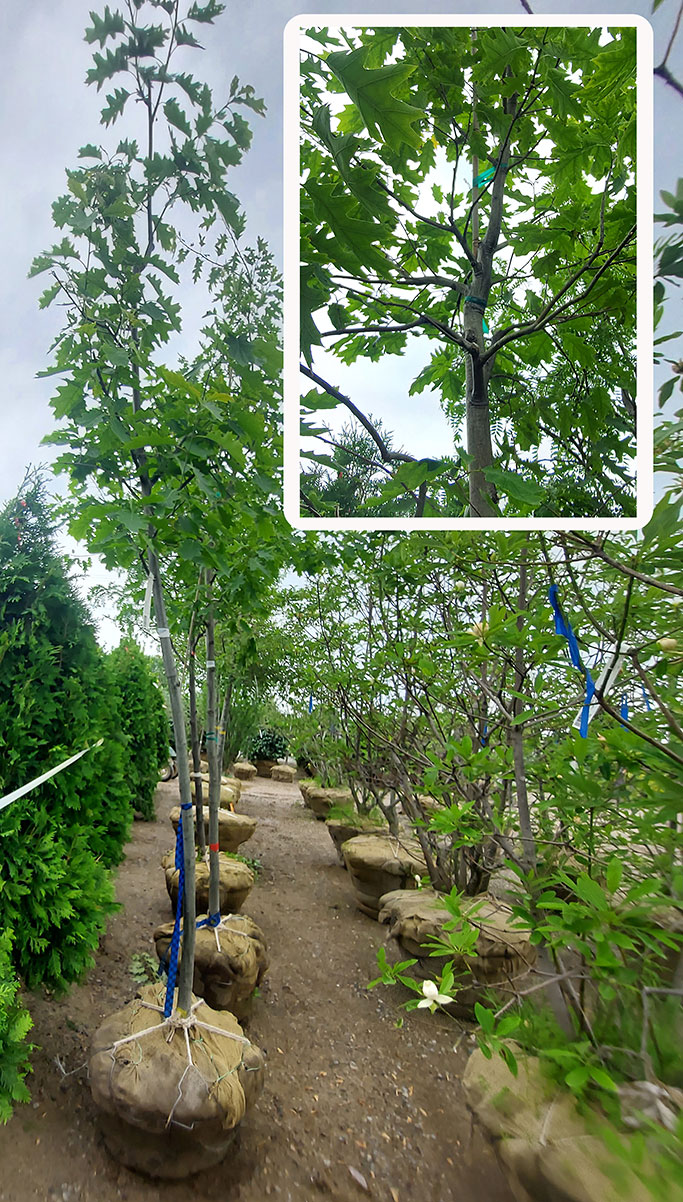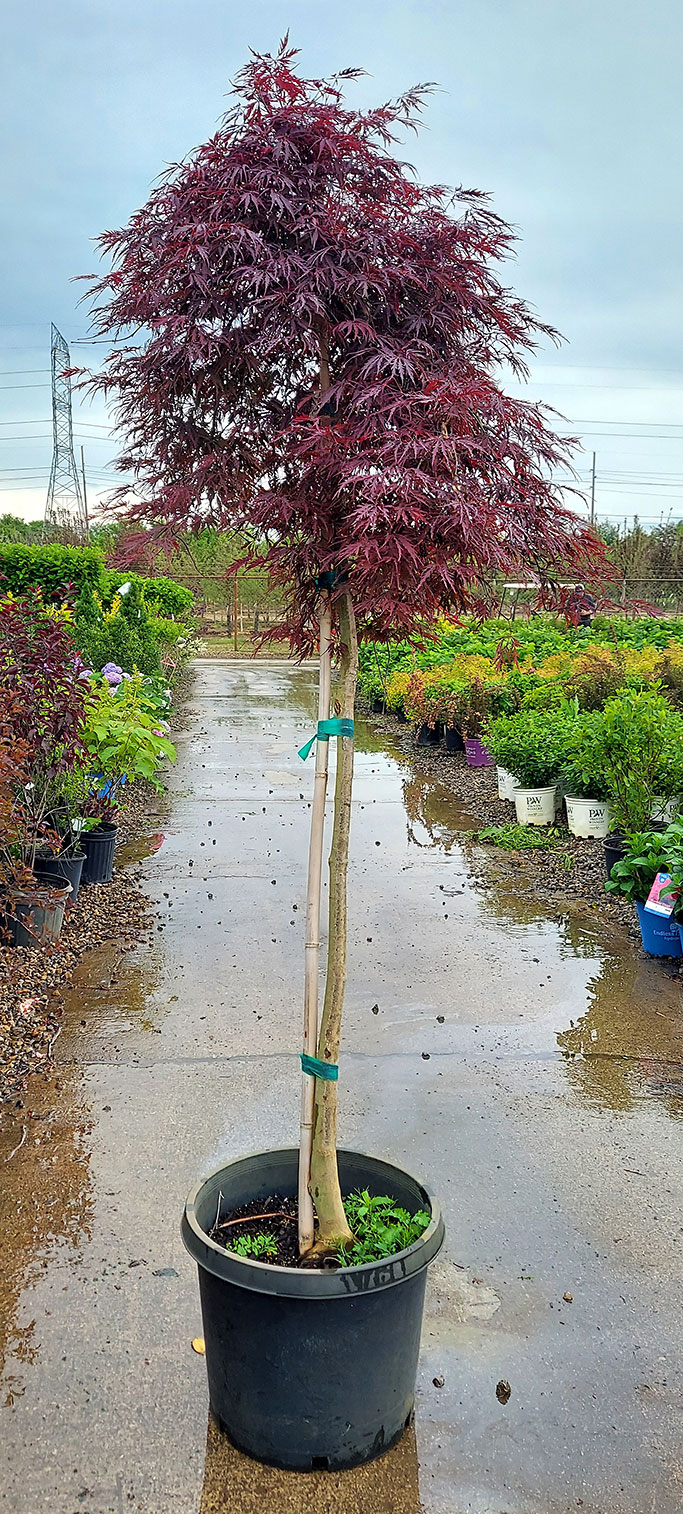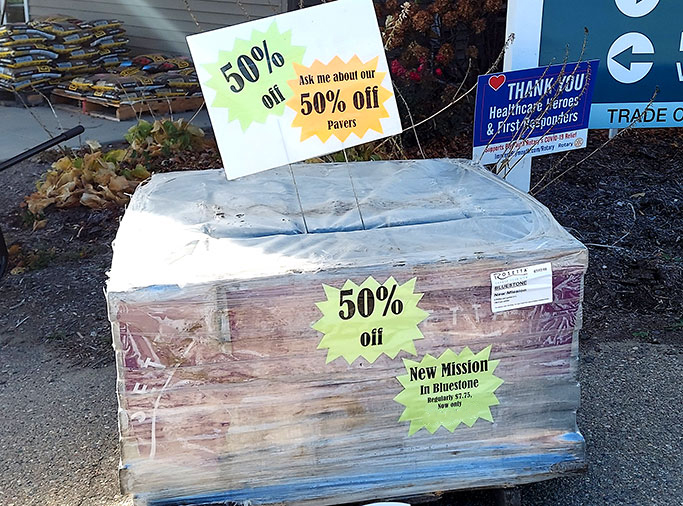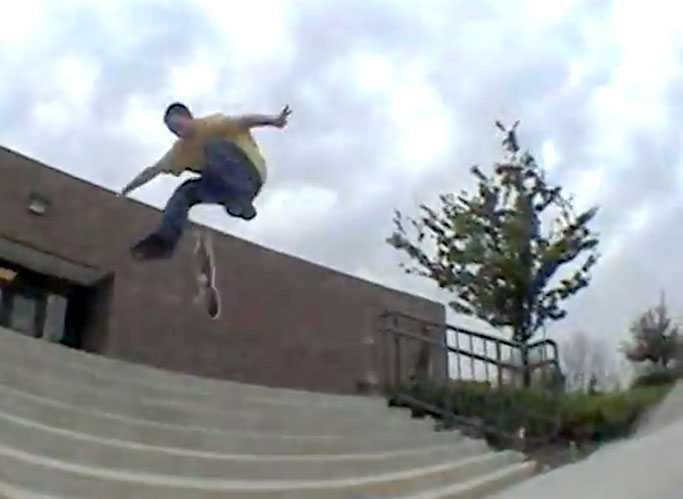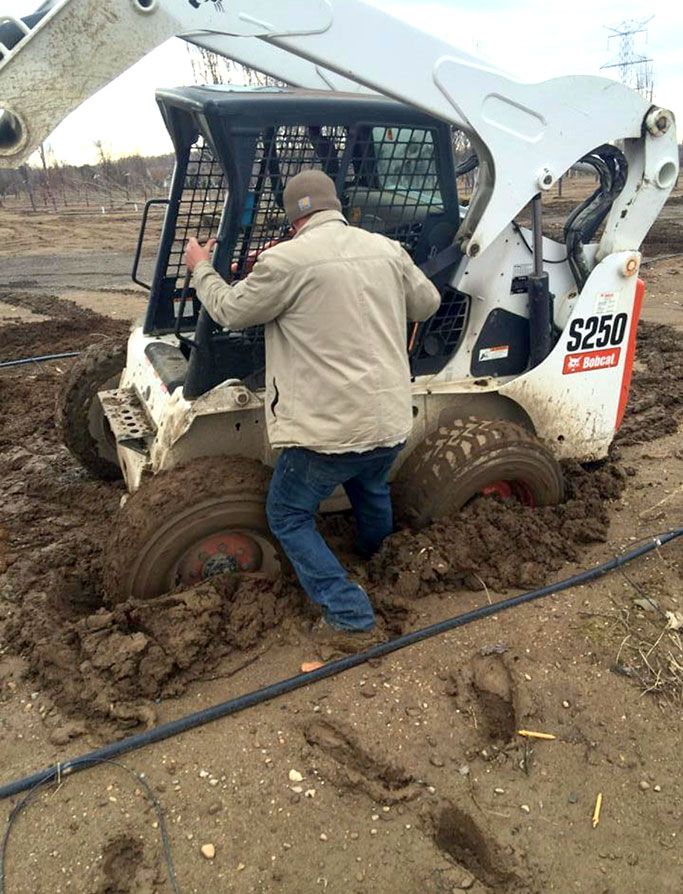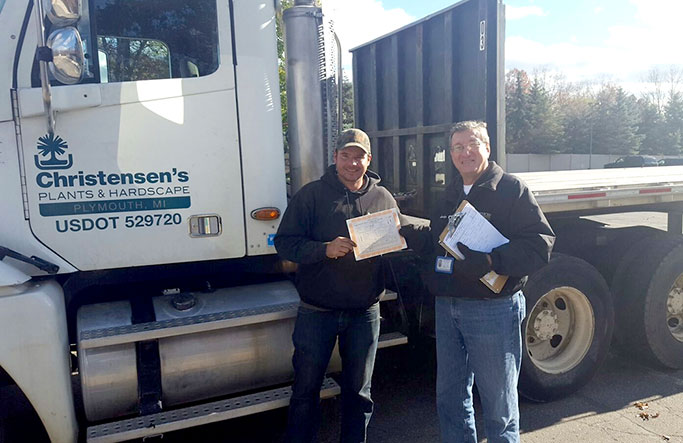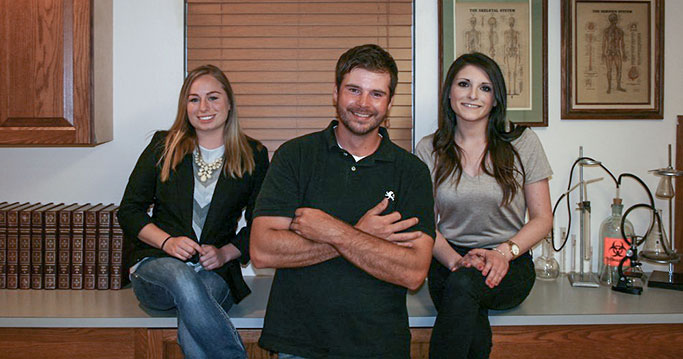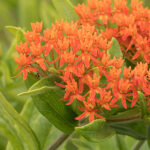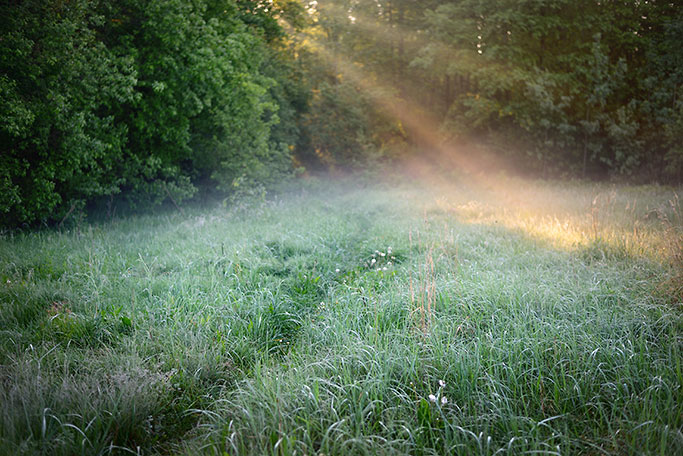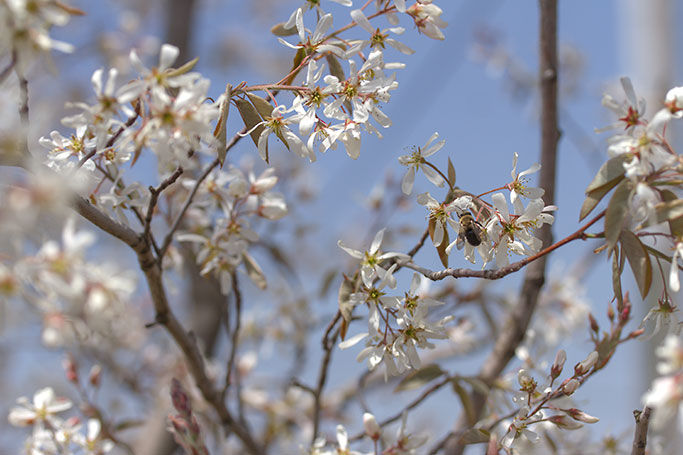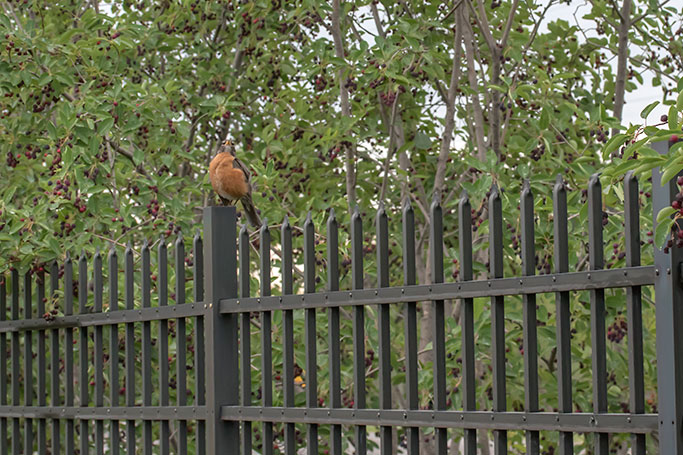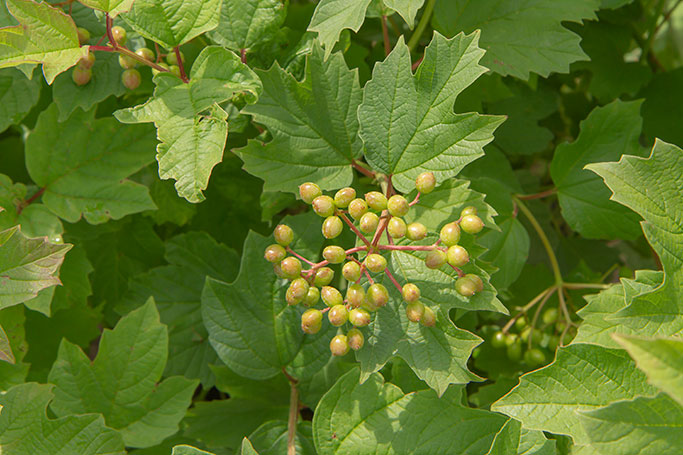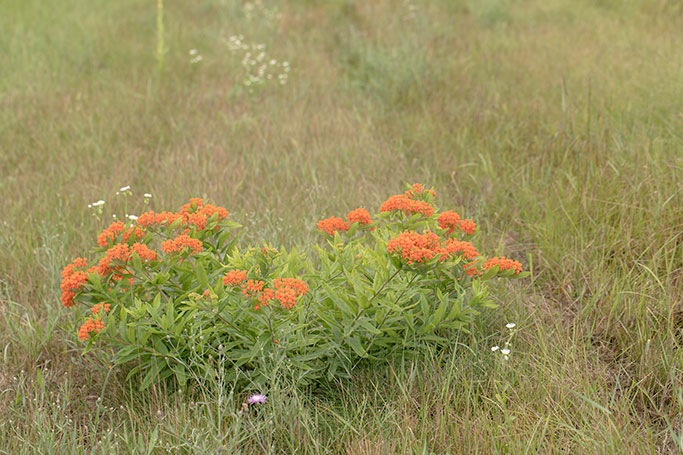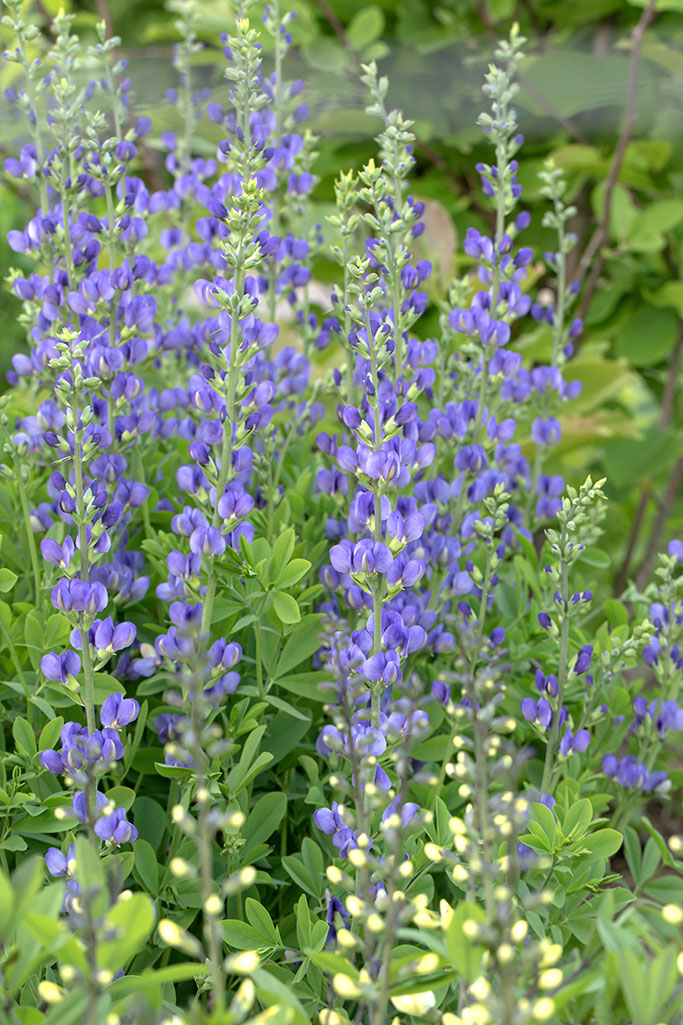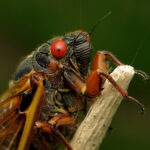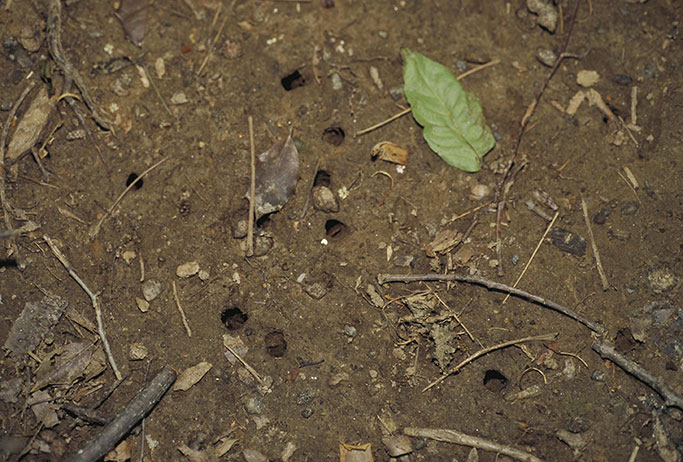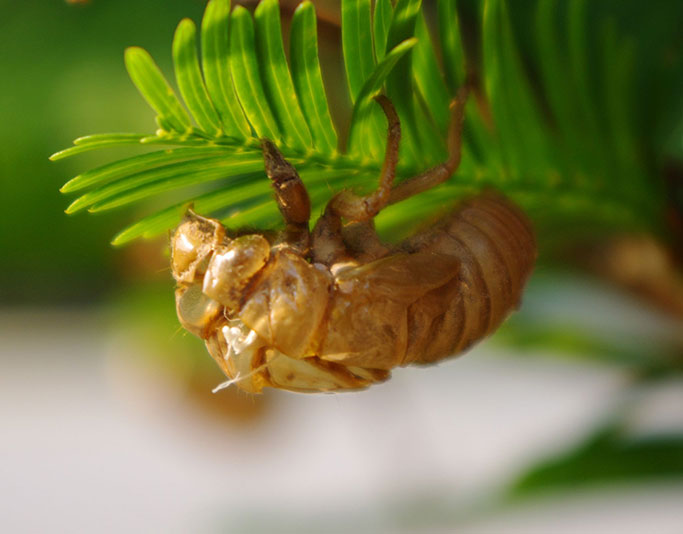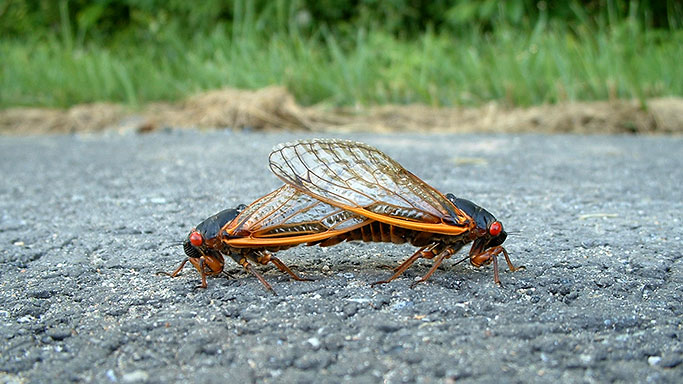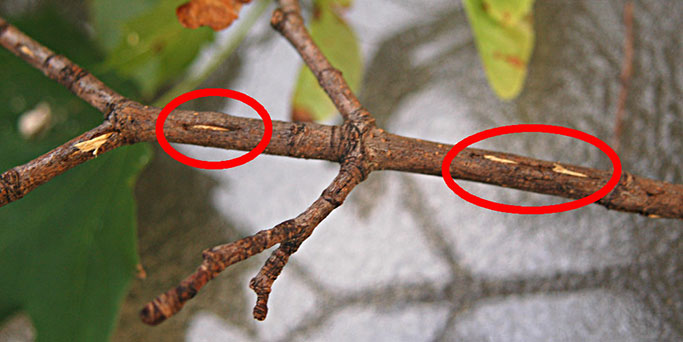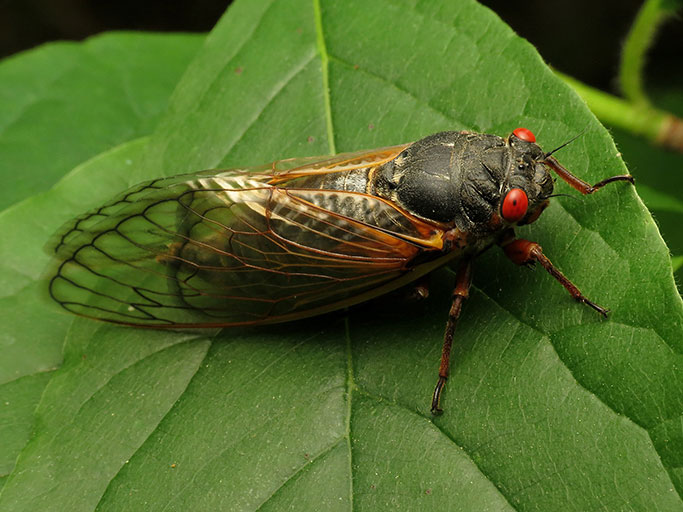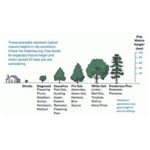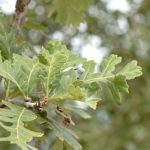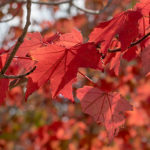As I sit here in the lull of August thinking about what to write my article on, nothing comes to mind. Usually, ideas will come to mind pretty quickly, but with 2 weeks away from getting married and all the prep and planning, topic ideas are just not flowing at the moment!
However, we had a meeting to inform our staff about an invasive pest that is making its way to Michigan, The Spotted Lanternfly (Lycorma delicatula). I’ve done an article about Cicadas in the past, so I thought this would be a good opportunity to share a little about what we learned in an effort to help inform you.
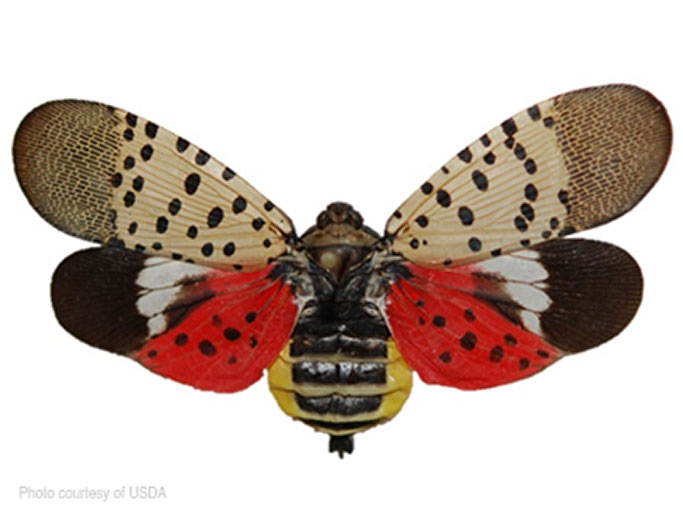
Spotted Lanternflies are native to China, Vietnam, and India. It was first reported in the states in 2014; believed to have come in on a shipment of landscape rocks found in Pennsylvania. Since then, they have been more detected in the eastern states such as Maryland, Delaware, Virginia, and New Jersey, slowly moving closer to Michigan over the past few years. Just this month, a small batch was found in Pontiac, MI, and were likely brought in on a shipment of plant material or even on the truck itself. Think of all the stinkbugs you see in the spring. Those also came from China to Pennsylvania and have now spread across the U.S in a matter of 25 years. Sound Familiar?
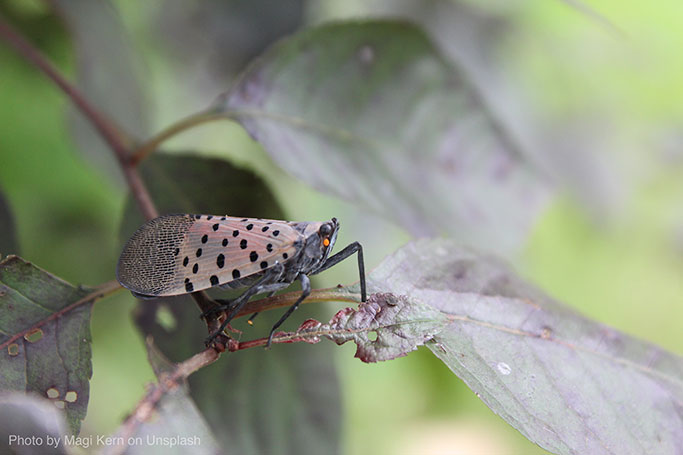
The problem with these pests is that they can wreak havoc on farms, forests, grape vineyards, and orchards. They do not necessarily kill the plant but instead contribute to the plant’s mortality. They first weaken the plant by sucking sap from the hardwood areas and restricting photosynthesis. Doing so results in well… A LOT of pooping called ‘Honeydew’. This attracts insects, disease, and sooty mold, aiding in the possible fatality of the crop. Host plants for Spotted Lanternflies to feed on include but are not limited to species such as maples, walnut, willows, apple, and grape. Their primary choice is a tree native to China called Tree of Heaven (Ailanthus Altissima) which looks like a large Sumac that can reach 60’ in height. It is a very invasive tree that forms thickets all over the U.S. and Canada.
Spotted lanternflies lay their eggs in the fall and hatch in the spring. The egg mass almost looks like sand or mud smeared on the object that it is attached to. They will lay eggs on nearly any smooth surface, not just plants but your house, shed, benches, rocks, tires, etc. There could be up to 50 eggs in each little egg mass. After the eggs hatch around June, the beginning of their nymphal cycle begins. From the end of April to early July, their looks could be confused to the untrained eye of a tick. They are about an 1/8” long with little white spots. They reach their final Nymphal stage from July to early August and change to a red color with white spots and traces of black. They are about a half inch in length in this stage and easy to spot due to that vibrant red color.
After this, they reach their adult phase and will grow wings and reach up to an inch in length. The body becomes black in color. The red that made them highly visible before is now only on their hind wings which are now covered by their forewings that are grey with black spots. They complete their cycle by laying eggs in September-November and eventually dying come first frost.
Where they are native, they have a ton of predators to help with infestation. Unfortunately, they do not have many predators here. The main ones being Praying Mantis, and Spiders. Experts believe, we cannot stop the spread, but we can slow the spread. If you see one, have no mercy and smash them and report the areas in which it was found to your state department of Agriculture. In this way, we can all help protect each other’s crops.
For more information, visit the USDA website.
